New aviation platforms and gear that link Marines across the sea-air-land are shifting how Marine aviation heads into the next fight.
Top leaders in Marine Corps aviation have laid out an ambitious new plan for the Corps as the air side reorients itself to complement the service’s overhaul through Force Design 2030.
Lt. Gen. Mark Wise, deputy commandant of aviation, along with top Marine aviation leaders, shared details of the Corps’ first publicly released aviation plan since 2019.
“It is our way to articulate to everybody this is the direction we think Marine aviation is going and we encourage questions as it happens because if something changes, why did it change?” Wise said. “Because there should be a good reason for it.”
The plan shows that a host of war games and experiments over the past year and more in 2022 are being used by Marines to figure out how air assets link across a wide spectrum to allow leathernecks to detect enemy threats, strike nearly unseen and fade away for the next round in a future fight.
But it also gives them tools to compete daily, long before the first rocket fires.
While Wise and other senior aviators are optimistic, the plan didn’t hedge on the challenges they face.
“Multiple communities will be stressed over the coming years, resulting from either divestment or transition,” according to the 2022 aviation plan. “This is a critical period for the Marine Corps and for Marine Aviation.”
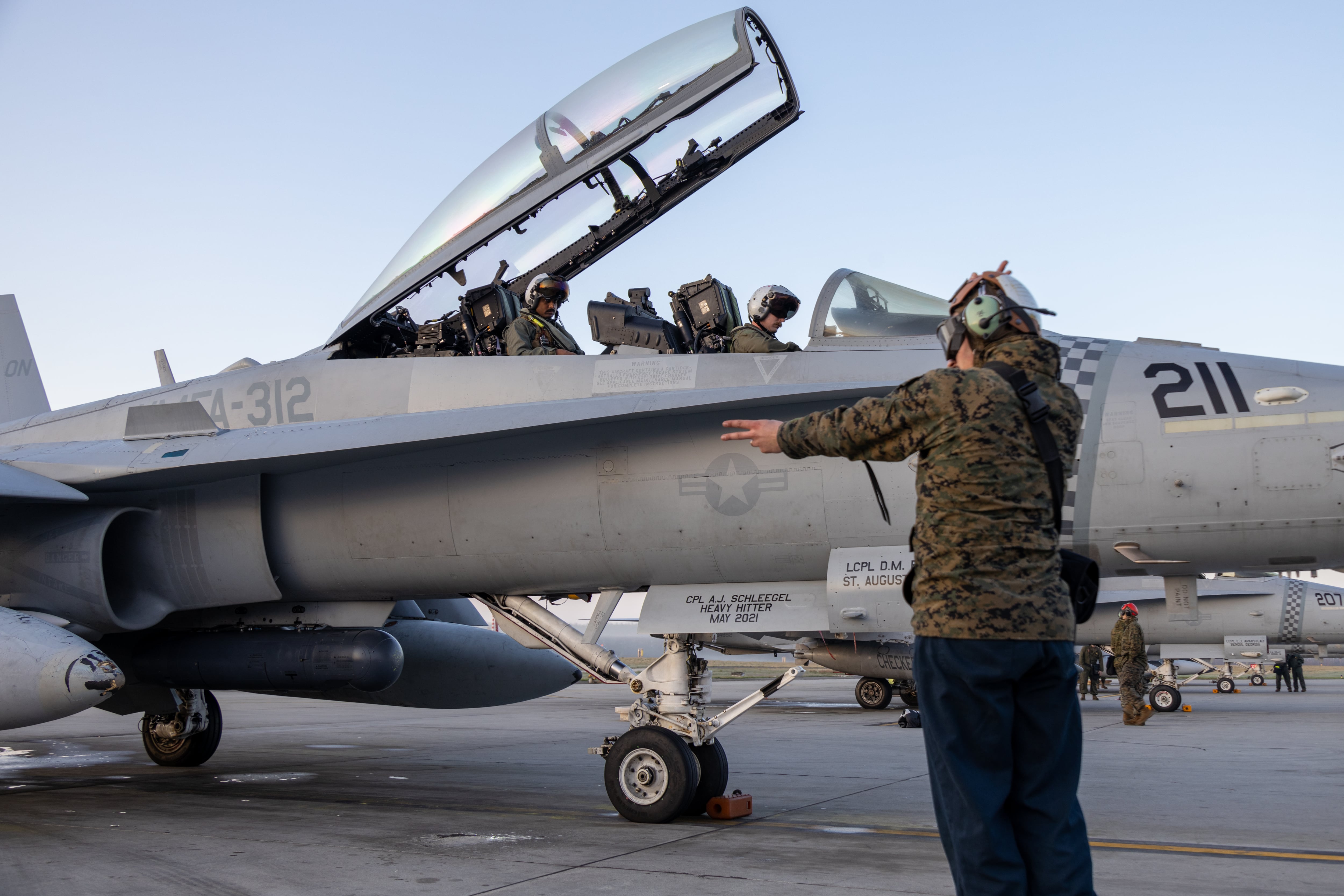
Some of those stressed communities will continue to be F/A-18 pilots and maintainers.
That’s in part because those jets provide more than half of the tactical air capability across the entire force.
At the same time, those older jets are seeing a transition as the Corps procures and fields more F-35 squadrons.
Those jets have an average age of between 27 years to 35 years ― older than most of their pilots.
The pilot numbers for those aircraft will decrease as the Corps increases numbers of trained F-35 pilots.
F-35 Lightning II
Data from the aviation plan show that while the Corps produced 36 F/A-18 pilots each year in 2020 and 2021, it only planned to train 26 new F/A-18 pilots in 2022. That number will drop to as few as eight new pilots in 2027.
At the same time, the F-35B and F-35C classes have gone from 28 total new pilots in 2020 and will rise steadily to produce 75 pilots annually by 2027, according to the plan.
Many of those new F-35 pilots will be heading to sunny California as the Corps has balanced modernization across the East and West Coast. Those pilots and Marines on their ships will have the new jet, but still will be working with older model CH-53E.
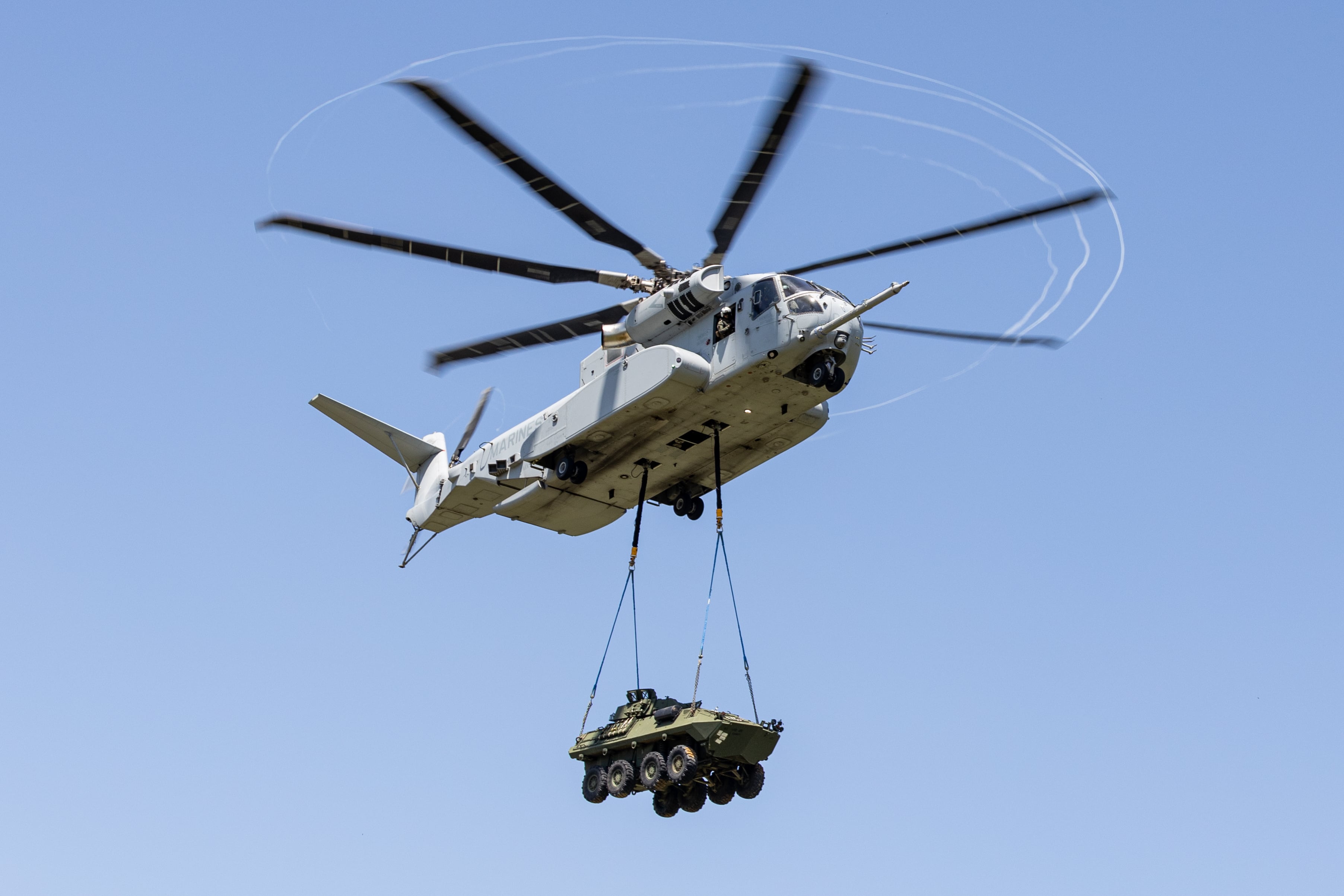
CH-53K King Stallion
While on the East Coast, Marines will see shiny new CH-53Ks, but will still work with AV-8 Harriers.
“On any type, model, series you’re going to prioritize one coast,” Wise said.
That has to do with supply chain management, personnel and training.
The Navy also has to modify the L-class ships that will carry the F-35 to withstand the heat it generates on takeoff. The experienced staff who perform that work can then transition to refitting the ships on the other coast once completed, he said.
“We’re standing up about a squadron and a half a year,” Wise said about the F-35 fielding.
The first East Coast squadron will be stood up at Marine Corps Air Station Cherry Point, North Carolina, in the next two years, he said.
The CH-53K is expected to be a full operational capability by 2029.
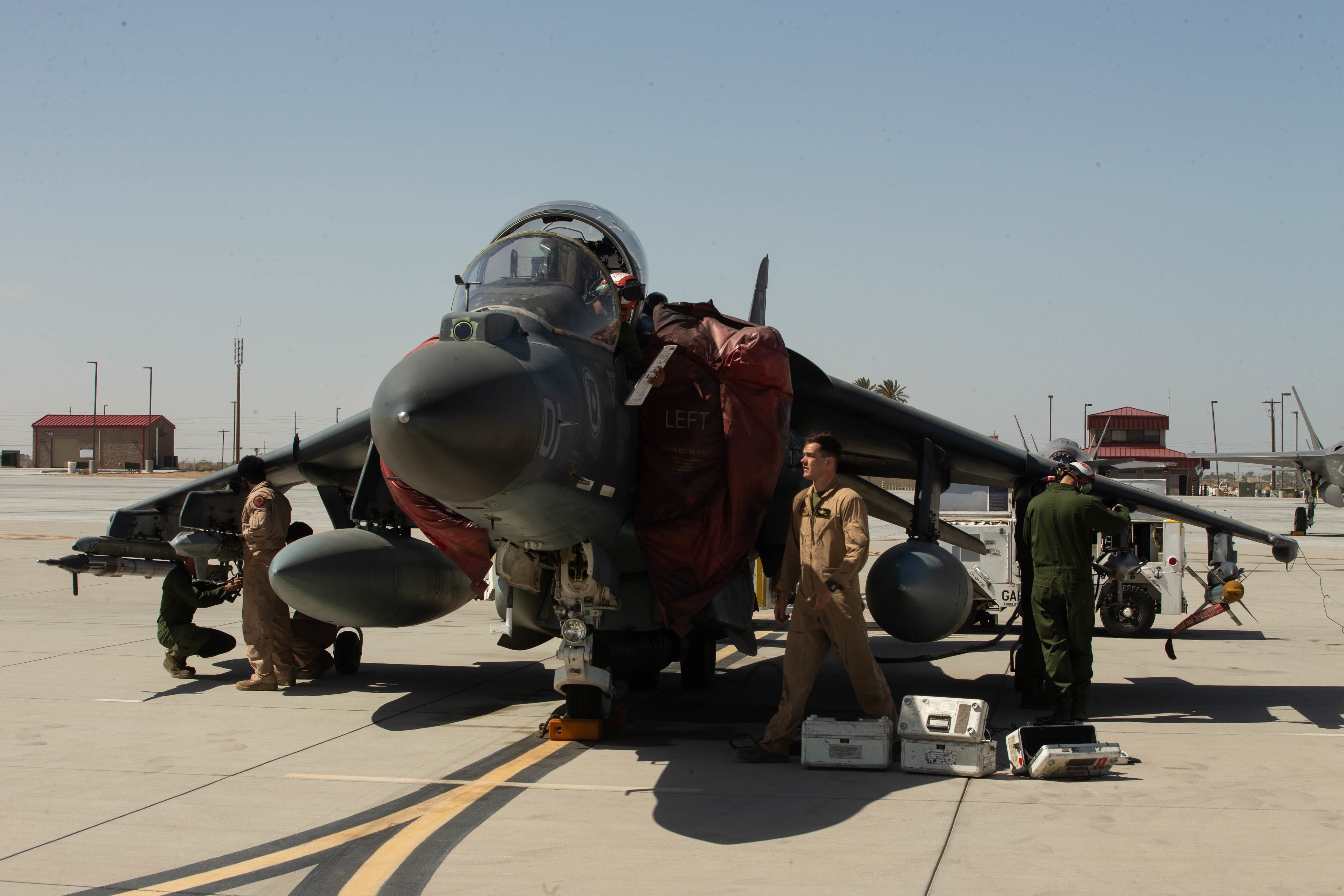
“The CH-53K will be the only fully-marinized, heavy-lift helicopter capable of transporting one hundred percent of the vertical (Marine Air Ground Task Force),” according to the aviation plan.
KC-130J Super Hercules
Another big item that the Corps looks to base much of its moving and scooting in wide ranges is the KC-130J.
This upgraded transport plane is seen as a mainstay for how newly formed Marine littoral regiments will bring in heavy gear to deliver a littoral punch.
The Marines expect to eventually procure 86 of the aircraft, the last of which to arrive in the inventory by 2027, according to the aviation plan.
Some delayed delivery of backup aircraft until after fiscal year 2024 and “excessive turnaround times for schedule depot events” is hitting the air wing’s ability to support operations with the new plane, according to the plan.
“The biggest factor in readiness and the KC-130 availability is lack of aircraft on the flight line,” according to the aviation plan.
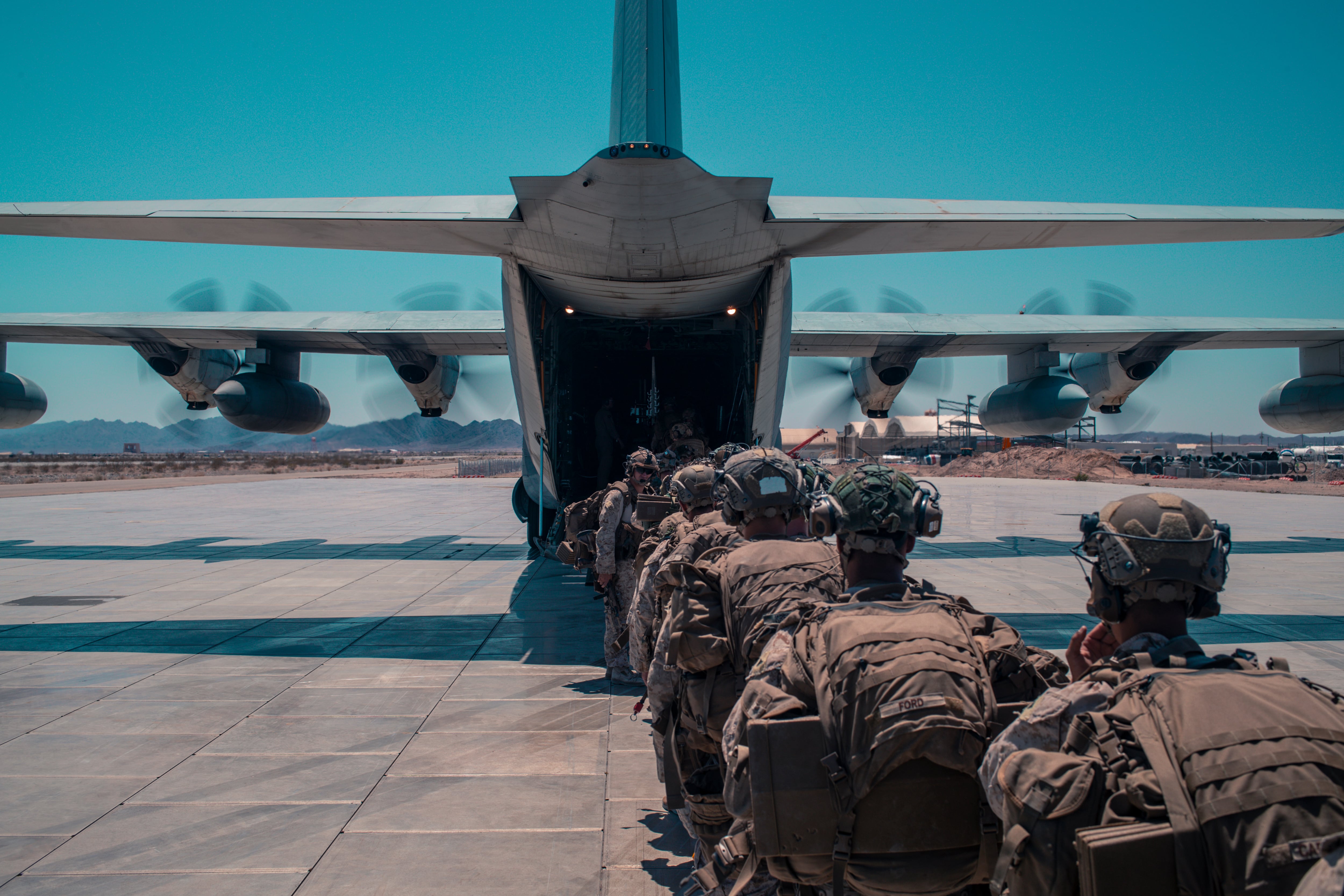
MV-22 Osprey
The MV-22 Osprey, in service for nearly two decades now, continues to grow its role in the fleet.
The Corps expects to procure a “program record” 360 MV-22B Ospreys to fill out 14 active squadrons with a dozen aircraft each along with two reserve squadrons at the same level. They’ll also build one fleet replacement squadron with 27 aircraft, according to the aviation plan.
The aircraft has seen upgrades to include improved flight capabilities in degraded visual environments, a new flight control computer, helmet tracking capabilities, image processing for displaying synthetic graphics and virtual landing zone symbology to lighten pilot workload in degraded visual environments.
Force design modifications have changed the total squadron end strength. The Corps chose to go with a total of 14 active end strength squadrons rather than the previously planned 18 squadrons.
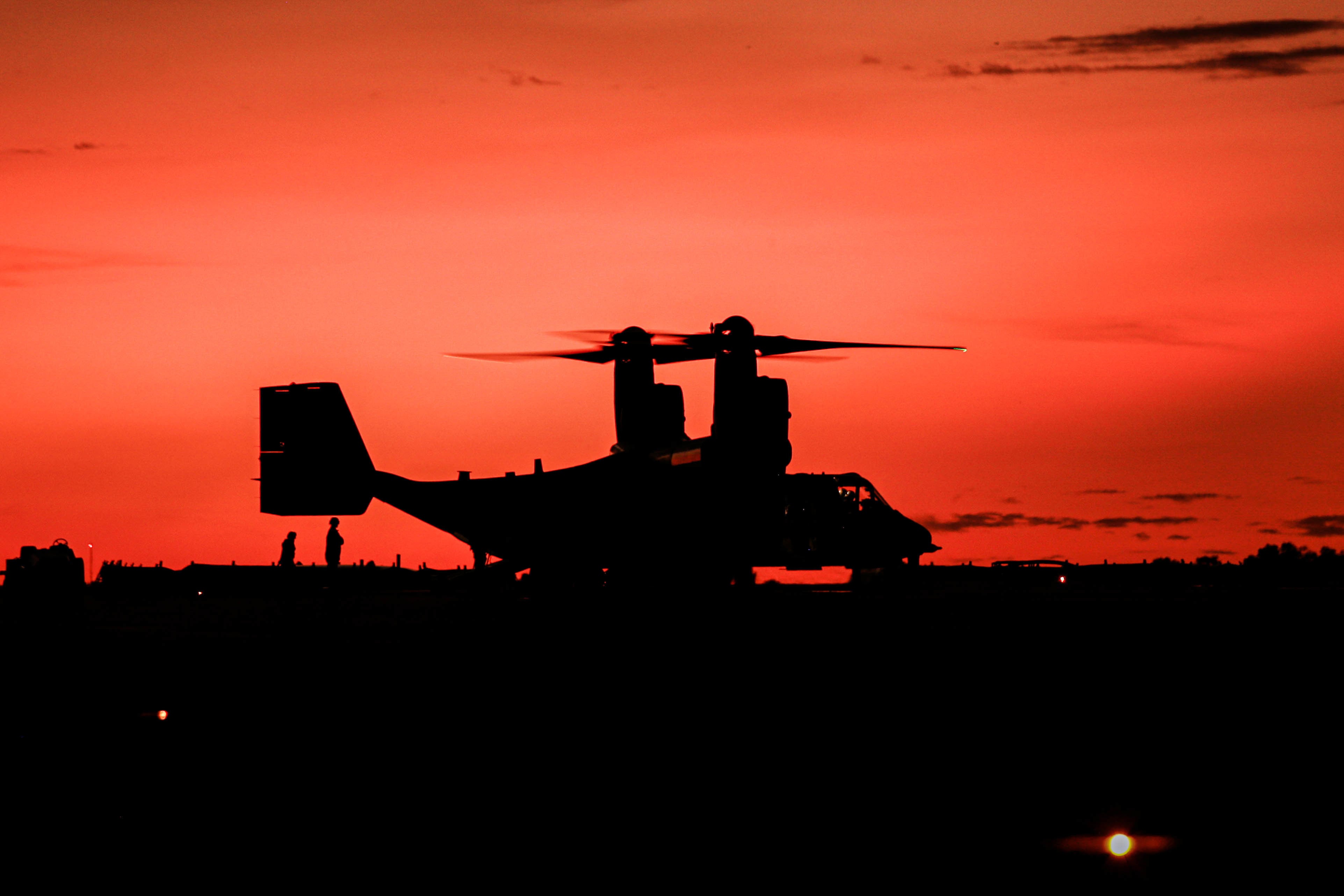
Unmanned
On the unmanned side, the Corps finally got its MQ-9 Reaper drone up and running recently.
As of early April, Marines boast two drones, with plans to fill that out to 18 Reaper drones.
The force will maintain two active squadrons and one training squadron through 2025, according to the aviation plan, and leaders are considering adding three more drone squadrons.
While Marines currently get drone training with the Air Force, the Corps has plans to kick off its own Navy/Marine pilot program by fiscal year 2024.
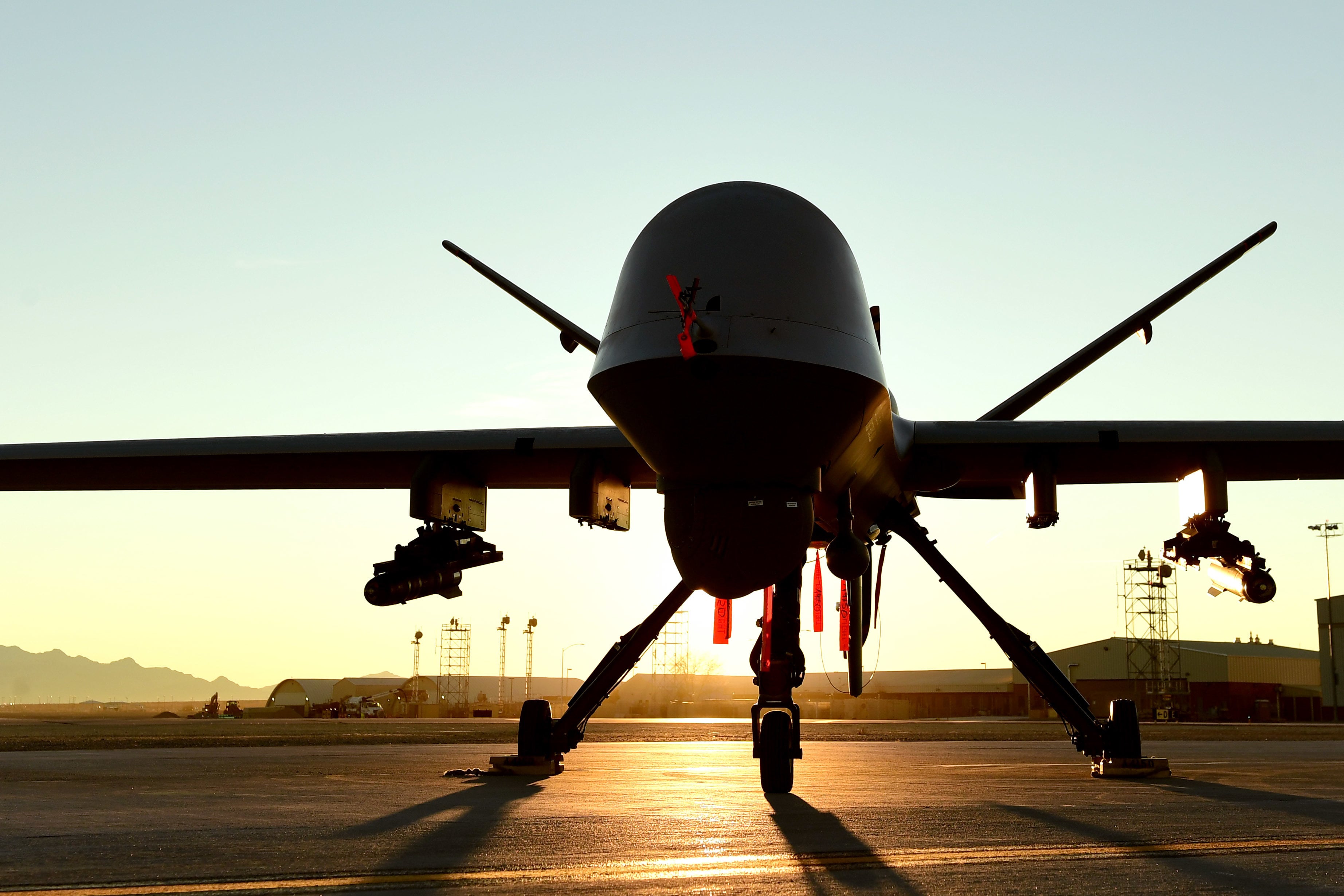
Aviation isn’t solely focused on the fliers.
The littoral anti-air battalion is a new unit that aviation will fit into the Marine littoral regiment. It will include a headquarters and service battery, an air defense battery, air control battery, forward arming and refueling point battery that can support three FARPs.
The first littoral anti-air battalion stood up in February, said Col. Craig Doty, with the Cunningham Group, a key team of aviation advisers.
Stationed in Hawaii, the unit is in the process of receiving equipment and beginning the initial operational capability phase.
The air defense battery will center around the Marine Air Defense Integrated System, or MADIS.
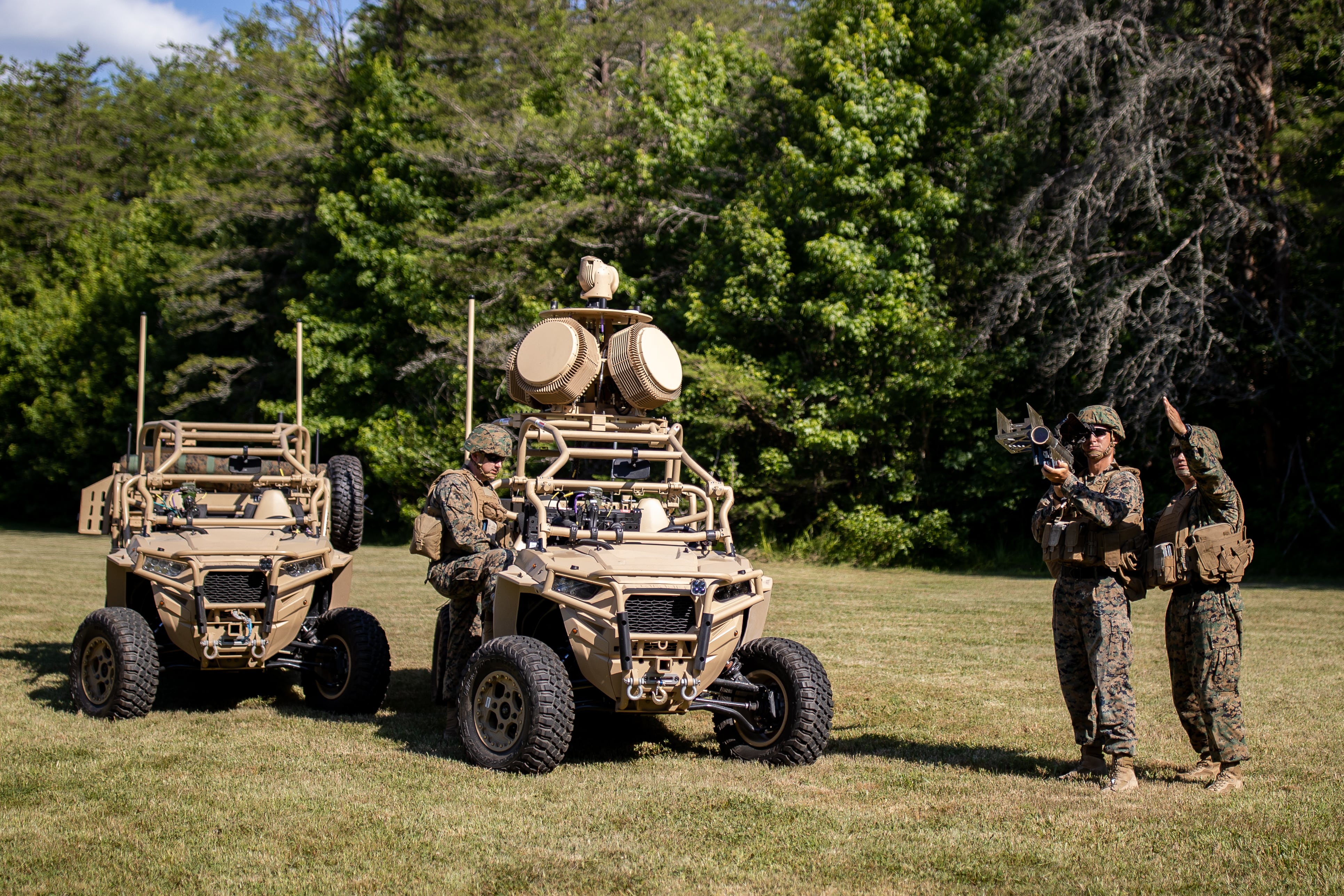
Inside those KC-130J with the Marine littoral regiments flying fast to the fight across the area will be the ground/air task-oriented radar system.
That equipment has become the centerpiece for sensing and defeating air threats from fixed wing to rotary to small drones. It’s also key for linking up targeting between ships, aircraft and ground-based Marines.
But, the G/ATOR has different variants for different mission sets.
The Corps plans to field 17 systems for air surveillance; 28 systems for counter fire/target acquisition; and 12 systems, not yet funded, for air traffic control.
The Corps expects the G/ATOR to hit full operational capability by fiscal year 2025.
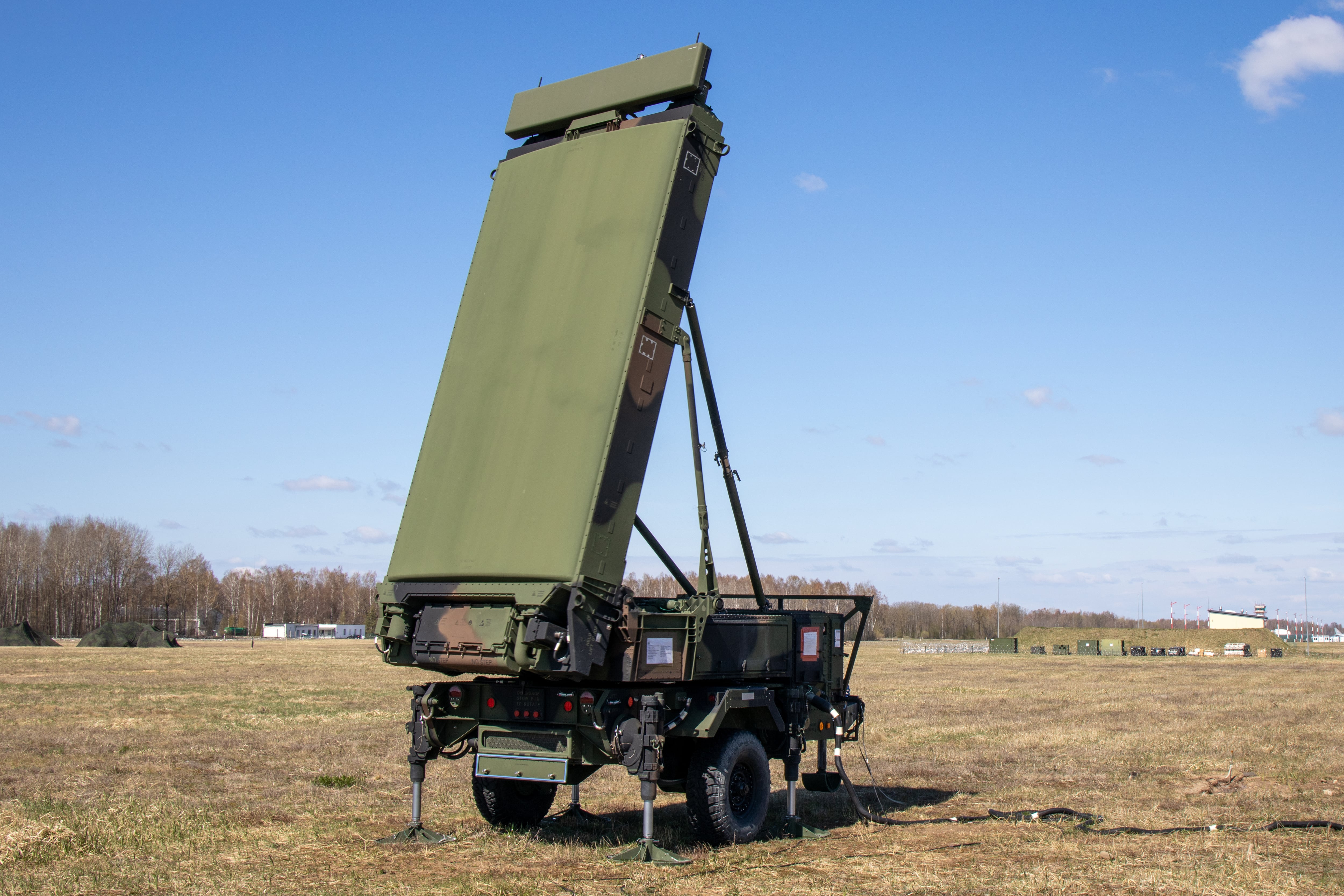
Todd South has written about crime, courts, government and the military for multiple publications since 2004 and was named a 2014 Pulitzer finalist for a co-written project on witness intimidation. Todd is a Marine veteran of the Iraq War.





